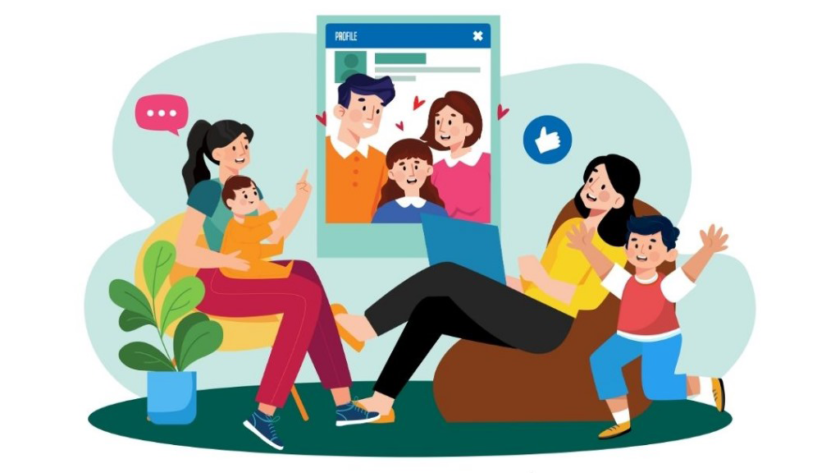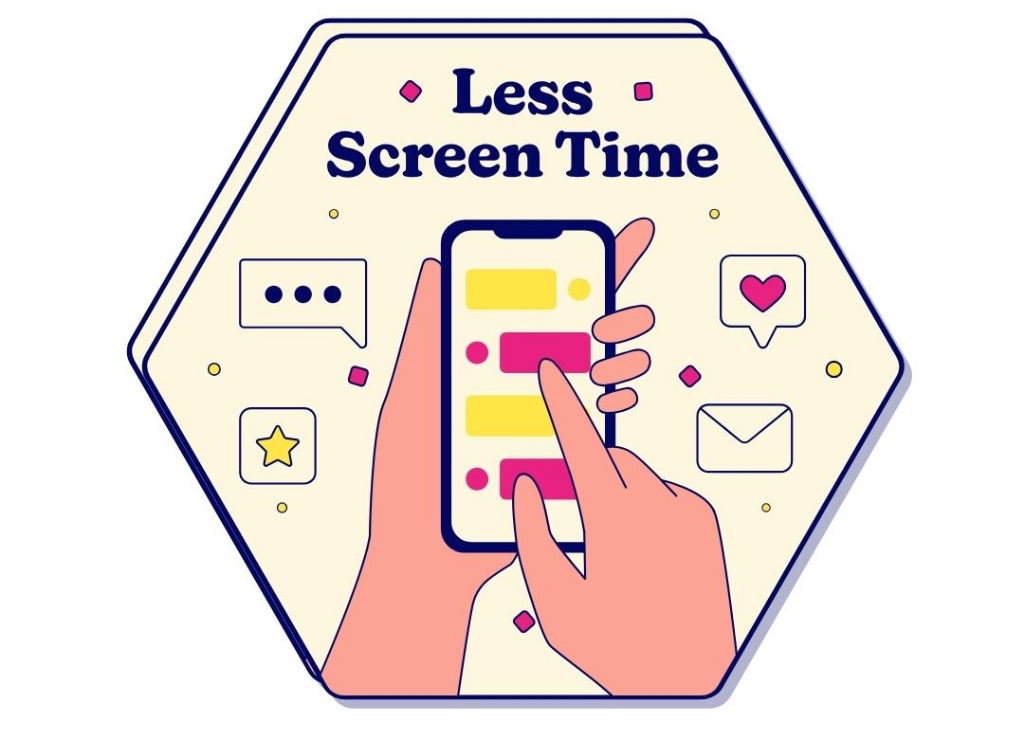Parenting has never been a walk in the park, but the digital age has brought its own set of unprecedented challenges. Parents today aren’t just competing with friends and extracurricular activities for their children’s attention. They’re up against an omnipresent, glowing screen. Whether it’s smartphones, tablets, video games, or social media, technology has become the new battleground in homes worldwide.
Many parents worry about their children’s exposure to inappropriate content, diminished physical activity, and eroding social skills. However, navigating this digital jungle is not about declaring war on technology but rather learning to manage it in a way that promotes healthy boundaries and positive habits.
Let’s explore the complexities of digital parenting and effective strategies for winning this modern-day battle.

Screens as the Uninvited Babysitter
Screens have become the go-to solution for keeping kids occupied while parents manage work, and chores, or simply catch their breath. It’s convenient, too convenient. But what starts as an innocent way to calm a toddler or entertain a pre-teen can quickly spiral into hours of mindless scrolling and gaming.
Studies have shown that excessive screen time can negatively impact children’s mental and physical health. It affects sleep patterns, concentration, and emotional well-being. While technology isn’t inherently bad, unrestricted use can morph into an uninvited babysitter. It robs children of creativity, curiosity, and even their emotional development.
Cognitive and Social Development: The Impact of Technology
Childhood is a critical period for cognitive and social development. It’s during this time that children learn how to communicate, solve problems, and form meaningful relationships. Excessive screen time, however, can interfere with these essential developmental milestones.
Studies show that too much exposure to technology can reduce attention spans and affect a child’s ability to focus. Constant entertainment from devices can also limit opportunities for creative problem-solving, imagination, and critical thinking, as kids become passive consumers of information instead of active thinkers.
The impact of technology on children’s physical and mental health is a growing concern among parents and healthcare professionals. One significant issue is the lack of physical activity. Screen time often replaces outdoor play and exercise, leading to problems such as obesity, poor posture, and weak muscle development.
Additionally, prolonged use of screens can cause eye strain, headaches, and sleep disturbances. Blue light emitted from devices interferes with the production of melatonin, a hormone essential for sleep, which is especially detrimental to young, developing bodies.
Mental health is another area impacted by excessive technology use. Social media, in particular, has been linked to increased anxiety, low self-esteem, and depression in children and teens.
Constant exposure to curated, unrealistic content can lead to unhealthy comparisons and feelings of inadequacy. Furthermore, the instant gratification provided by technology can hinder children’s ability to develop patience and resilience.
Parents can promote healthier tech habits by setting clear screen time boundaries, encouraging physical activities, and creating a tech-free zone at home. Ensuring that children get enough sleep, engage in meaningful offline experiences, and develop healthy relationships with technology is essential for their digital well-being.

Setting Healthy Screen Time Limits: Building Digital Boundaries
Here are some actionable steps to establish a balanced relationship between kids and technology:
1. Create Tech-Free Zones
Designate certain areas in the house as screen-free, like the dining table and bedrooms. This encourages family bonding and improves sleep quality.
2. Establish a Family Media Plan
Agree on screen time rules together as a family. Make it a collaborative discussion where children can also share their input.
3. Model Healthy Digital Behavior
Children learn by example. If you’re glued to your phone, they’re more likely to mimic that behaviour.
4. Use Screen Time Tracking Apps
Many parental control apps can help monitor and set limits on screen usage. Some popular options include Google Family Link and Apple Screen Time.
5. Offer Alternatives to Screens
Encourage offline activities like reading, board games, art projects, or outdoor play. A well-rounded schedule reduces the temptation to default to screens.

Digital Wellbeing and Online Safety for Children
Beyond screen time limits, online safety is a significant concern for parents today. Children are more tech-savvy than ever, but they’re also more vulnerable to online predators, cyberbullying, and harmful content.
Tips for Ensuring Online Safety:
- Open Conversations: Talk to your children about internet safety, privacy, and respectful online behavior.
- Monitor Content: Keep an eye on the websites, games, and apps your child uses.
- Set Privacy Controls: Adjust privacy settings on social media platforms and gaming apps to protect your child’s information.
- Teach Digital Etiquette: Emphasize kindness and empathy online, just as you would offline.
The Importance of Digital Detox Days
One powerful strategy to combat screen dependency is to schedule regular digital detox days. On these days, the entire family disconnects from all devices to focus on meaningful activities together. Whether it’s a hike in nature, a family board game night, or simply cooking a meal together, these screen-free moments foster genuine connection and joy.
Turning Technology into an Ally
Technology doesn’t have to be the villain in your parenting story. When used mindfully, it can be a powerful educational and creative tool. Encourage your children to explore coding apps, educational games, and creative platforms that fuel their curiosity and imagination.
Some productive ways to use technology include:
- Learning Platforms: Khan Academy,Duolingo, and other educational apps.
- Creative Outlets: Encourage kids to create digital art, music, or even their own short films.
- Mindfulness Apps: Introduce them to guided meditation apps for relaxation and mental well-being.

Parents as a Community: Delaying Smartphones for Young Kids
One of the most effective ways to combat the pressures of early smartphone usage is for parents to come together as a supportive community. When parents collectively agree to delay handing smartphones to young children, it reduces the peer pressure kids often face.
Without a smartphone in hand, children won’t feel left out because their friends are in the same boat. This united approach fosters healthier social interactions, encourages outdoor play, and protects children from the potential pitfalls of early exposure to social media and digital distractions. Schools and parent groups can play a crucial role in advocating for this practice, creating a network where children thrive without the need to constantly be connected online.
Parenting in the digital age is about being mindful of how technology fits into your family life without letting it take over.
Most importantly, remember that no screen can replace the warmth, guidance, and love that only a parent can provide.
Join us at Thought Studio for expert parenting insights! Subscribe now to stay updated.



